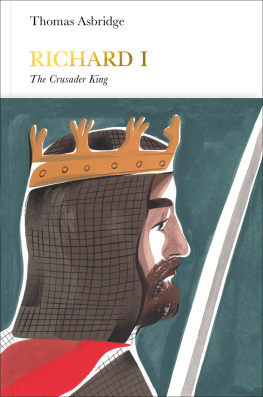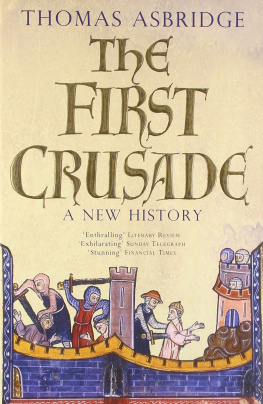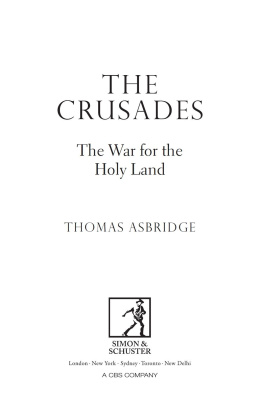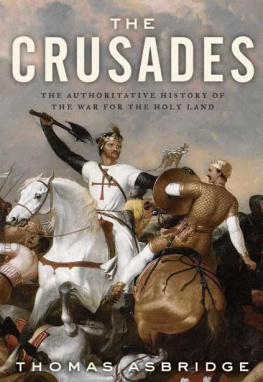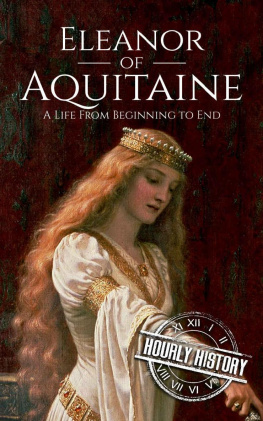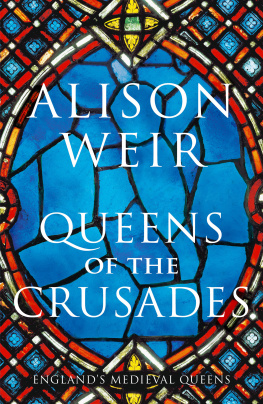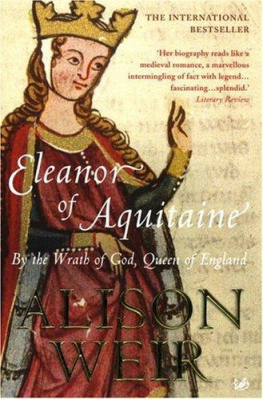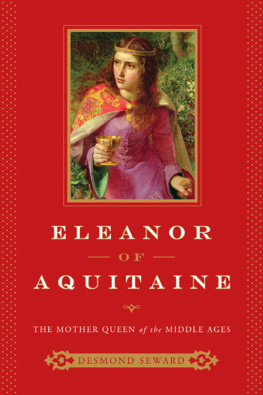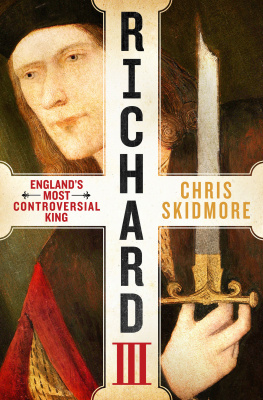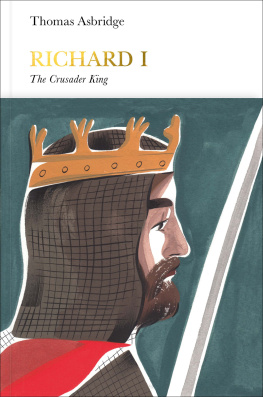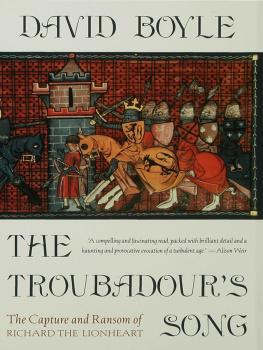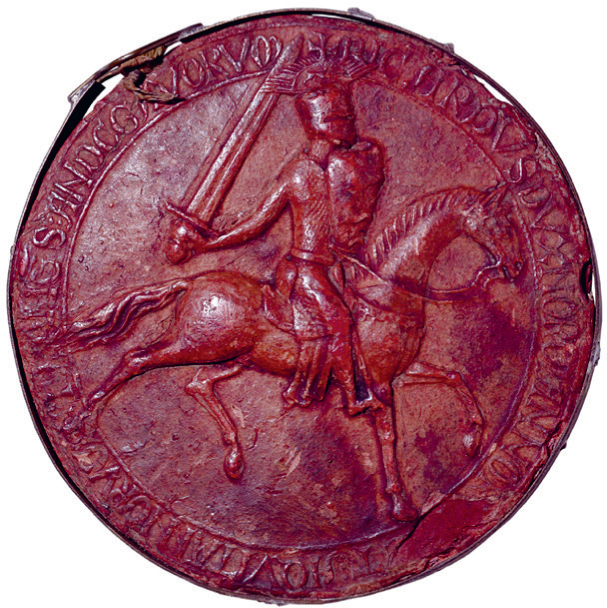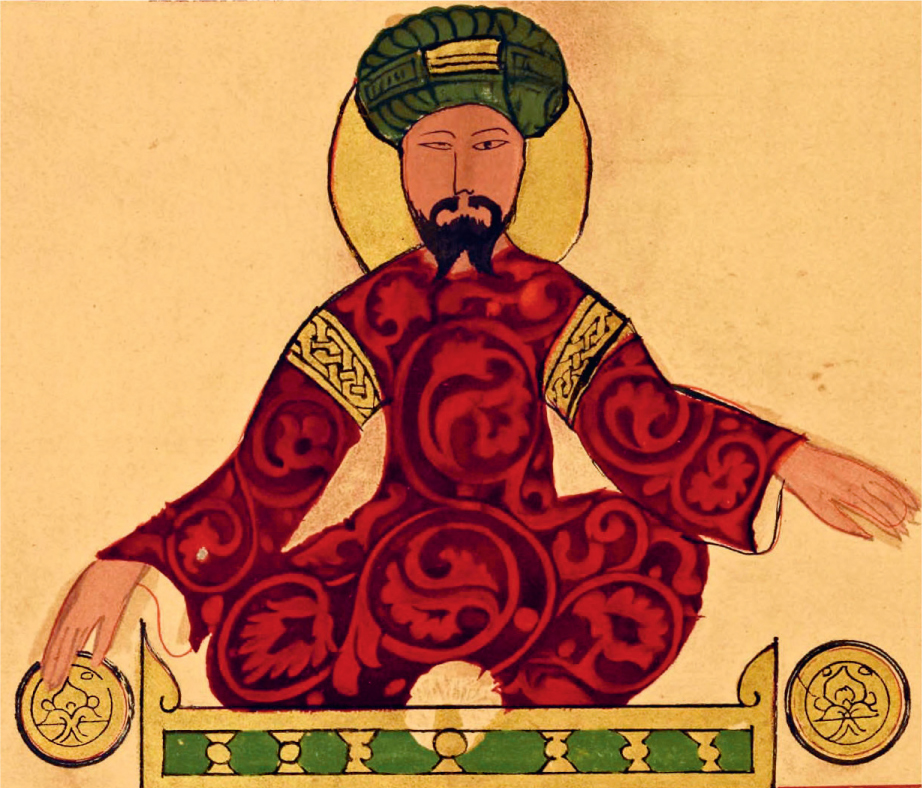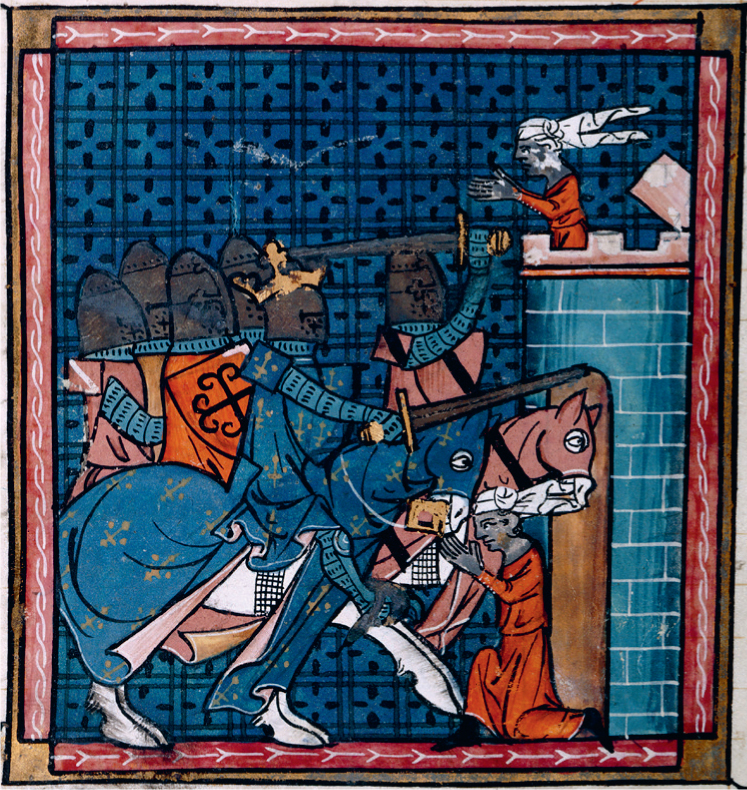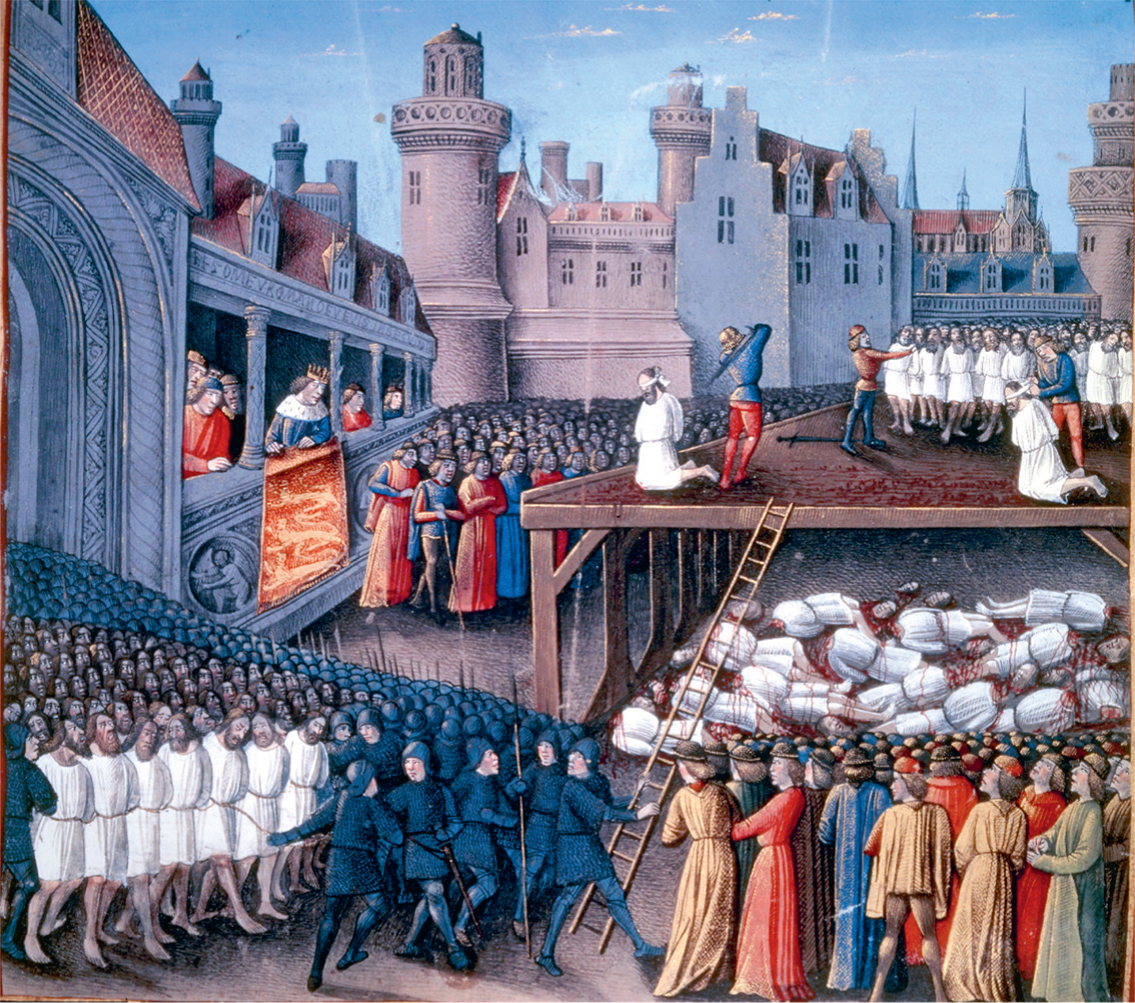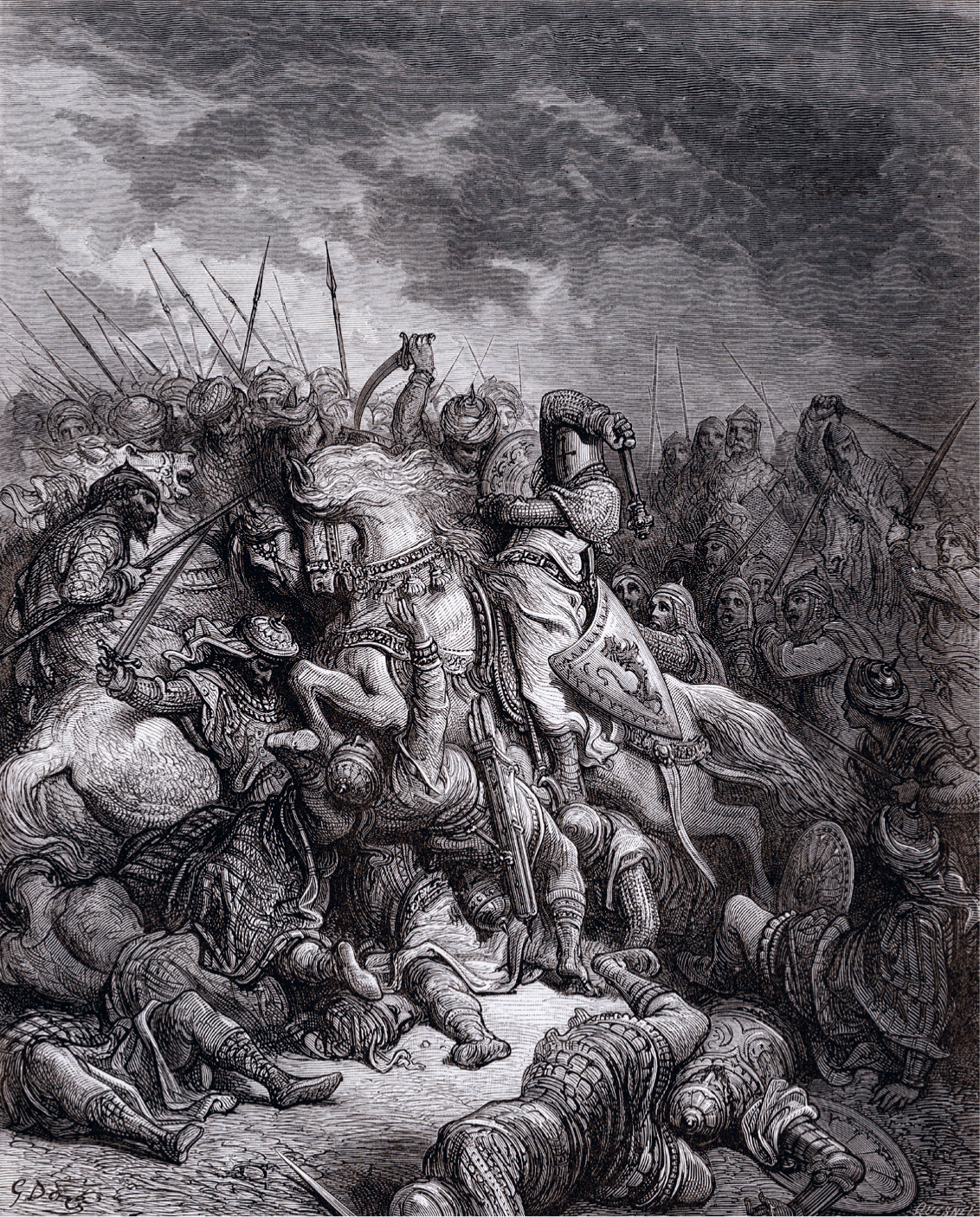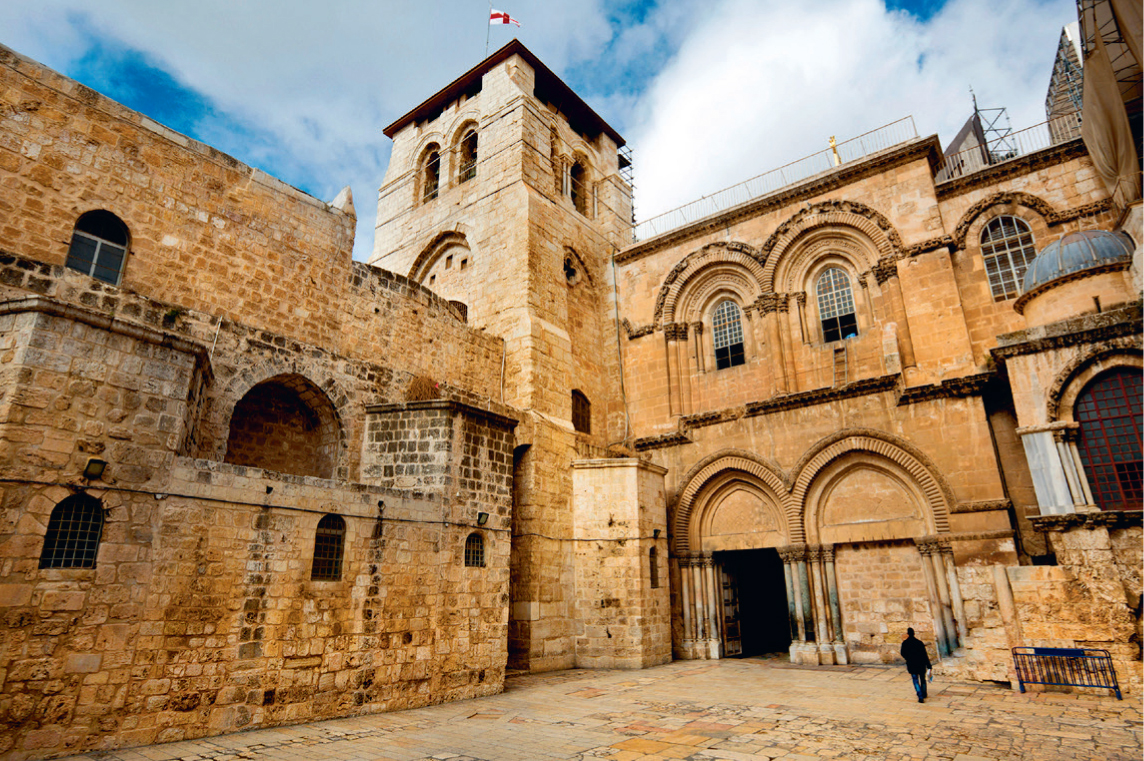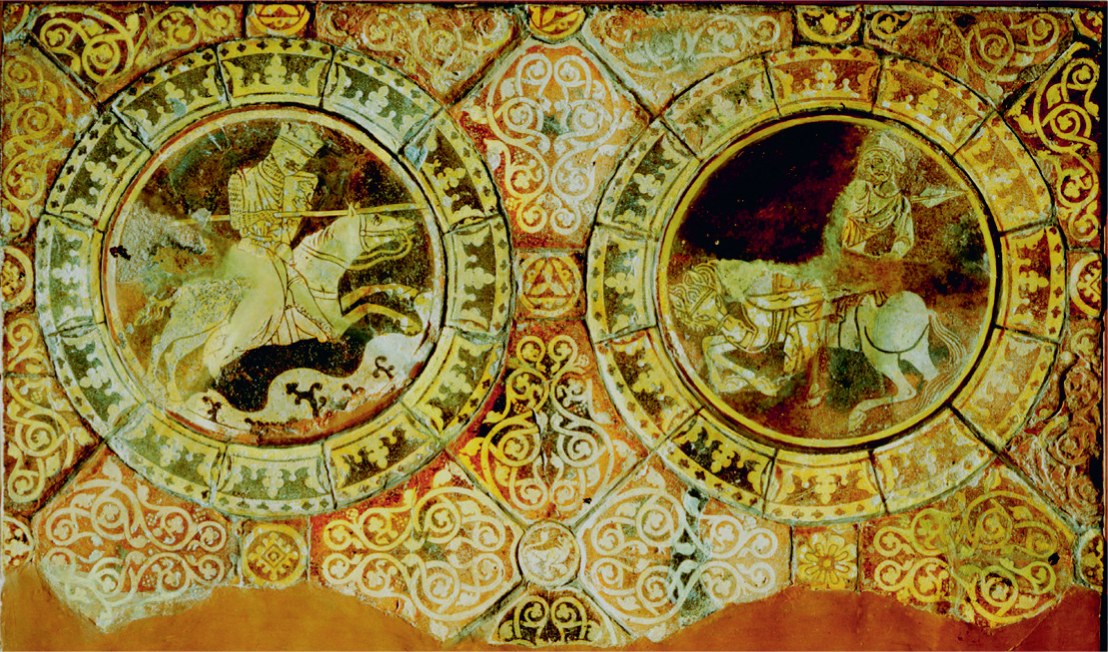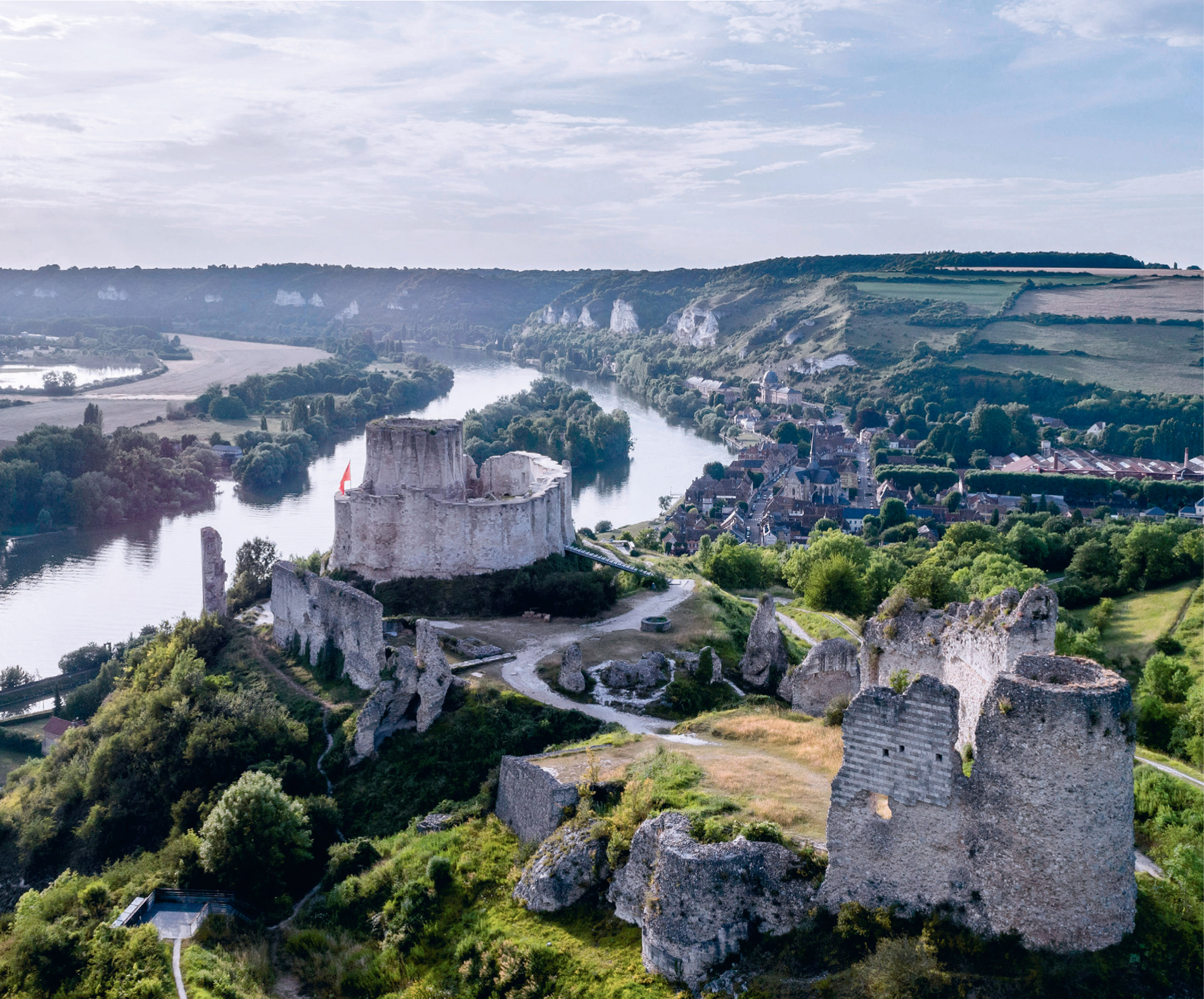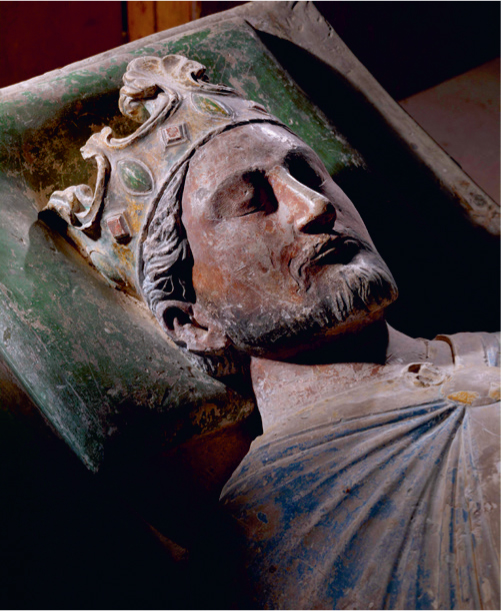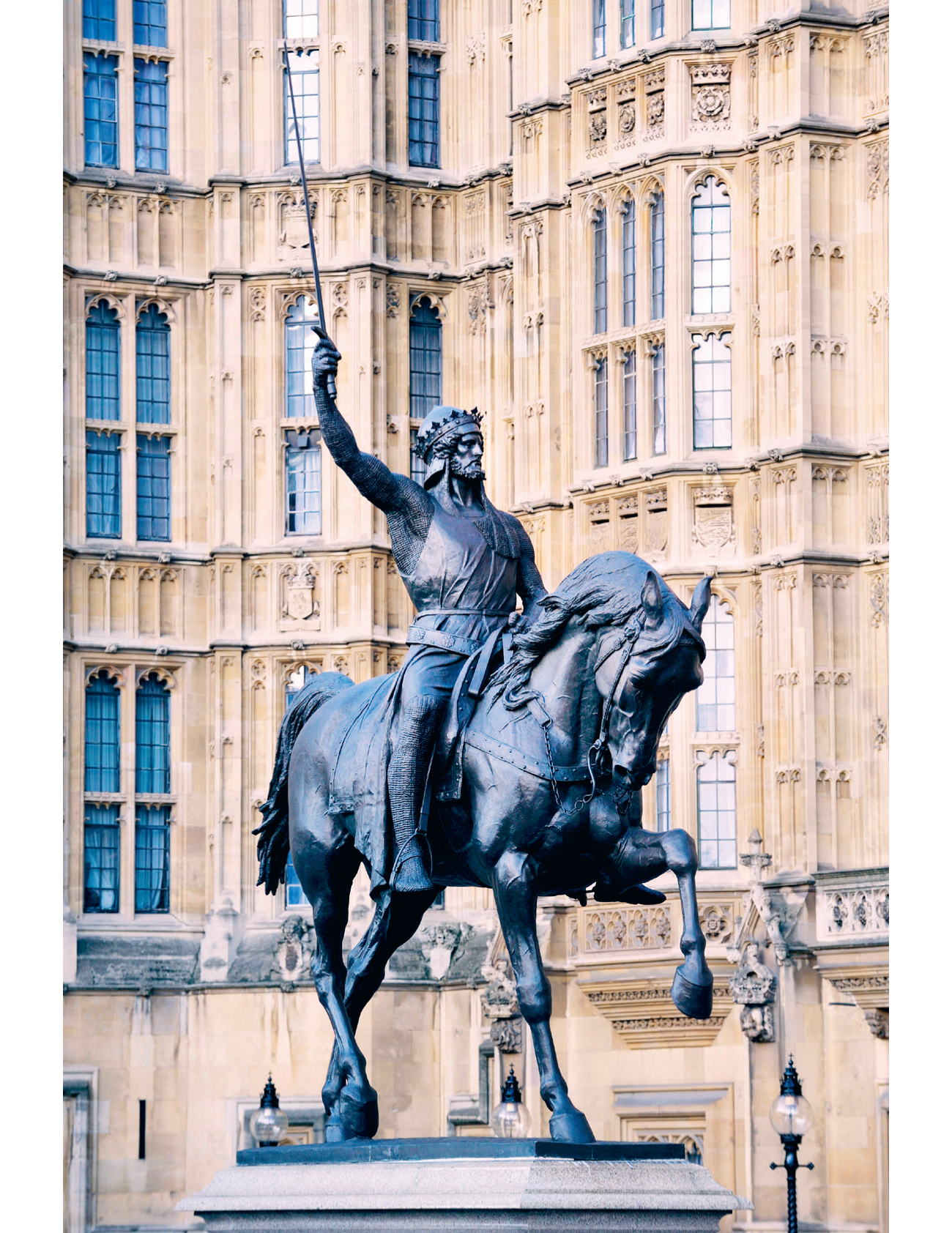Penguin Monarchs
THE HOUSES OF WESSEX AND DENMARK
| Athelstan | Tom Holland |
| Aethelred the Unready | Richard Abels |
| Cnut | Ryan Lavelle |
THE HOUSES OF NORMANDY, BLOIS AND ANJOU
| William I | Marc Morris |
| William II | John Gillingham |
| Henry I | Edmund King |
| Stephen | Carl Watkins |
| Henry II | Richard Barber |
| Richard I | Thomas Asbridge |
| John | Nicholas Vincent |
THE HOUSE OF PLANTAGENET
| Henry III | Stephen Church |
| Edward I | Andy King |
| Edward II | Christopher Given-Wilson |
| Edward III | Jonathan Sumption |
| Richard II | Laura Ashe |
THE HOUSES OF LANCASTER AND YORK
| Henry IV | Catherine Nall |
| Henry V | Anne Curry |
| Henry VI | James Ross |
| Edward IV | A. J. Pollard |
| Edward V | Thomas Penn |
| Richard III | Rosemary Horrox |
THE HOUSE OF TUDOR
| Henry VII | Sean Cunningham |
| Henry VIII | John Guy |
| Edward VI | Stephen Alford |
| Mary I | John Edwards |
| Elizabeth I | Helen Castor |
THE HOUSE OF STUART
| James I | Thomas Cogswell |
| Charles I | Mark Kishlansky |
| [ Cromwell | David Horspool ] |
| Charles II | Clare Jackson |
| James II | David Womersley |
| William III & Mary II | Jonathan Keates |
| Anne | Richard Hewlings |
THE HOUSE OF HANOVER
| George I | Tim Blanning |
| George II | Norman Davies |
| George III | Amanda Foreman |
| George IV | Stella Tillyard |
| William IV | Roger Knight |
| Victoria | Jane Ridley |
THE HOUSES OF SAXE-COBURG & GOTHA AND WINDSOR
| Edward VII | Richard Davenport-Hines |
| George V | David Cannadine |
| Edward VIII | Piers Brendon |
| George VI | Philip Ziegler |
| Elizabeth II | Douglas Hurd |
Illustrations
. King Richard I, shown here in an illustration from a mid-thirteenth-century chronicle by Matthew Paris, succeeded to the English throne in 1189.
. The reverse of Richards royal seal from 1198, depicting the Lionheart, as he was already known in his lifetime, as a mounted knight, his shield bearing the three-lions device that would be adopted as the royal coat of arms in England.
. Richard enlisted in the Third Crusade in 1187, even before he became king, after the Muslim sultan Saladin (depicted above) reconquered the city of Jerusalem for Islam. Richard and Saladin became arch rivals in the war for the Holy Land.
. Fighting alongside Philip II of France, Richard swiftly concluded the great siege of Acre. The two monarchs (Philip in blue) are shown receiving Acres surrender on 12 July 1191.
. When negotiations for the release of the citys Muslim garrison broke down, Richard had some 2,700 captives executed.
. On 7 September 1191, Richard was confronted by the full might of Saladins forces in the Battle of Arsuf and, as this nineteenth-century engraving suggests, the Lionheart fought in the thick of the fray.
. Richard made two advances on Jerusalem, but retreated on both occasions without ever laying siege to the city. As a result, the Third Crusade ended with Christendoms most sacred site the Church of the Holy Sepulchre (above) still in Muslim hands.
. These mid-thirteenth-century tiles, discovered in Chertsey Abbey, Surrey, depict Richard triumphing over Saladin in single combat, reflecting how the Lionhearts achievements were widely mythologized in the later Middle Ages.
. Between 1196 and 1198, Richard spent a fortune constructing this mighty castle Chteau Gaillard perched above the River Seine, but it enabled him to neutralize the threat posed by Philip II and thus reclaim the duchy of Normandy.
. Mortally wounded by a crossbow bolt during a minor siege, Richard died on 6 April 1199 and was laid to rest beside his father, Henry II, in Fontevraud Abbey, where the Lionhearts tomb effigy can still be seen today.
. This grand equestrian statue, erected outside the Palace of Westminster in London in 1860, bears testament to the resurgence of popular interest in the Lionheart during the modern era.
1. IN SEARCH OF THE LIONHEART
Medieval European Christians are most accurately referred to as Latins because of the language of their scripture and ritual.
This may have been the same huge crown used by King Henry II, but appears to have been distinct from the crown first worn by King Edward the Confessor and traditionally viewed as being the centrepiece of medieval Englands royal regalia.
2. THE ABSENT KING
Contemporaries often described the European settlers in the Levant as Franks (Ifranj in Arabic) because many of them originated in Francia (France).
3. THE CRUSADER KING

